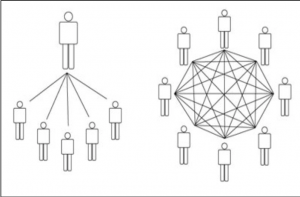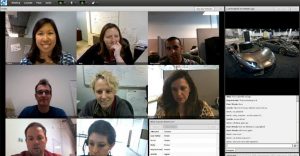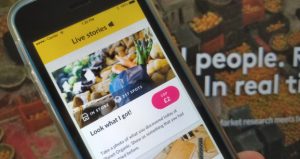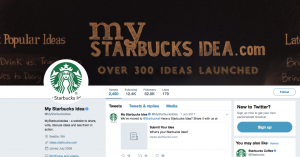Getting close to consumers to build ‘consumer intimacy‘ has always been a priority for marketers. And, if anything, this is becoming more important in today’s world where attitudes and habits are rapidly changing.
The methods involved in consumer intimacy are evolving quite dramatically, aided by advances in technology, including the following shifts:
- From slow & static to agile: Big, heavy and expensive annual research projects are giving way to agile tools and vendors that offer more responsive, real-time and iterative insights.
- From surveys to engagement: Traditional, long, explicit questionnaires using only rational questions are passé. Instead, more engaging tools that tap into intuitive ‘system 1’ thinking are preferred.
- From discrete to continuous: Companies are continually listening directly to the voice of consumer as source of insight, focusing on the ‘why?’, not just the ‘what?’. ‘Social Command Centres’ are now common across companies.
- From big data to micro-data: While companies continue to embrace big data, they equally recognize the need to combine this with ‘micro-data’ from real-life immersions with consumers
- From (only) consumers to employees: companies are increasingly tapping into online employee communities for insights.
Below we outline eight methods that build on these shifts, drawing on our recent brand strategy project work, each representing a move away from traditional techniques in favour of a more connected approach. Some of these methods, such as eye-tracking, have been around for a while but are now becoming more affordable and accessible:

1. Virtual Immersions: Unlike traditional focus groups that require marketers to go where consumers are, virtual immersions use tech to dissolve physical distance and hence travel. Managers can get up close and personal with consumers from the comfort of their offices, thanks to video platforms such as Zoom that are now cheaper and easier to access. One of our clients in the content business uses virtual immersions for consumer conversations with top management, content feedback from creative consumer panels and ‘rapping’ sessions between creative teams and scriptwriters.

2. WhatsApp Panels: A live & cost-effective way to get talking to consumers and/or experts, these panels also allow marketers the flexibility to test a variety of topics and stimuli sequentially. They are also ideal when we need consumers to do certain tasks as part of the immersion. For a regional newspaper client, we got readers take and share pictures/videos from their neighbourhoods, capturing in vivid detail the nuances of life in several towns, as they experienced it.

3. Mobile Ethnography: Ethnography has been around for ages, but mobile technology now makes it much easier and quicker to do. It is great for research into taboo areas that require a degree of candour, intimacy and comfort with one’s peer group. Brands can be a ‘fly on the wall’, understanding vocabulary, attitudes and interactions. A spirits client recently used this to explore new masculinity codes amongst Indian youth. New segments emerged, including one we labeled as the ‘beta man’, referring to a new breed of Indians exploring un-trodden paths without fear of failure.
4. Online Communities: can provide deep connection and fast turnaround, with the rise of the smartphone-connected consumer making it easier for people to share ideas. They can used be for ‘one-off’ idea generation and idea crafting, or ongoing connection. Starbucks has one of the most advanced brand communities that generated 150,000+ ideas over five years, 277 of which were implemented globally (1).

5. Gamification for engagement: Traditional survey methods can be boring. Brands increasingly feel they need to engage respondents even as they research them. Examples include timed (beat the clock) surveys with rewards & gamification of questionnaires.
6. Blending Social Listening with other insight methods: social listening per se produces a lot of ‘chatter’ but not always much insight. We find it works best when blended with other methods, rather than in isolation. For example, a recent project on baby products used social listening to highlight key conversation themes, which were in turn interpreted and brought to life visually by a semiotician to create inspiring positioning platforms.
7. Neuro-testing: increasingly used to diagnose ‘implicit’ response to branded stimuli such as advertising, as we posted on here. Granular, ‘time-marked’ diagnoses of how consumers experience brand communications in real-time can be gold dust for marketers. A client in the content space uses this to understand what drives watch-ability within episodes of TV shows.
8. Eye-Tracking: a real-time techniques to assess how consumers engage with visual stimuli, be it a retail shelf a website’s user experience. This has become more affordable thanks to fast broadband allowing consumers to participate remotely. ‘Heat maps’ of the best, moderate and dead zones help discern what’s holding consumer attention & allow marketers to plan better for brand design.
SUMMING UP
Technology is rapidly changing how consumers engage and interact with the world around them. We need to continue working to re-imagine consumer immersions methods for such a world.
Sources:
1. http://www.starbucksmelody.com/2017/05/31/starbucks-nixes-mystarbucksidea-community-can-still-submit-ideas/